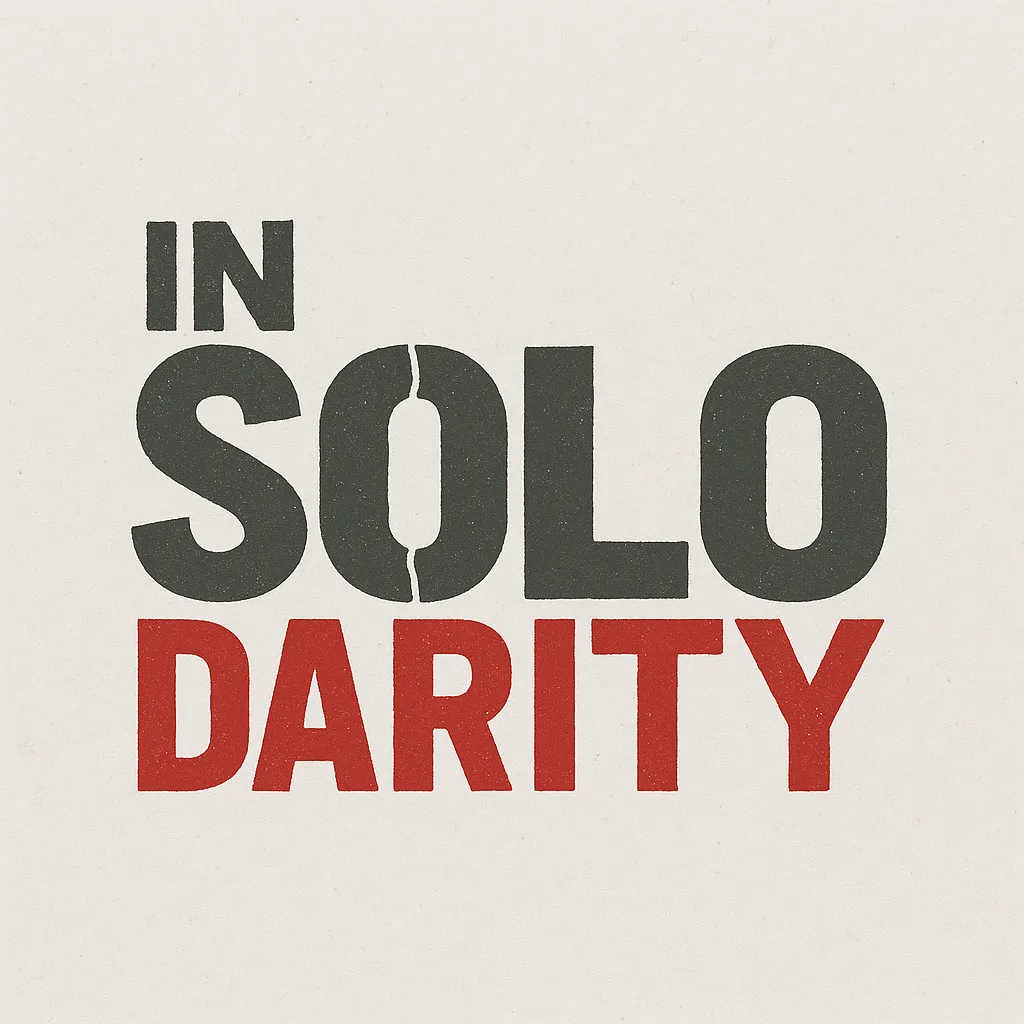
Limited Coaching Contacts on a Recruiting Platform Can Hurt Your Chances
Limited Coaching Contacts on a Recruiting Platform Can Hurt Your Chances
Every athlete chasing a college roster spot faces a math problem few want to talk about. The number of coaching contacts available on a recruiting platform can shrink your opportunities faster than a missed free throw. When access is rationed, your exposure drops, and doors that should open quietly click shut. This is not just about who sees your highlight reel. It is about who never gets the chance. Athletes who understand the mechanics of platform contact limits can control their fate, while those left in the dark risk fading into the background of crowded recruiting pools. Grasping this reality early can mean the difference between a scholarship offer and a regretful what-if. The recruiting game rewards those who work the angles. Let us break down how limited coaching contacts can quietly sabotage your athletic journey and what you can do to fight back.
How Contact Limits Shape Recruiting Outcomes
Coaching contact caps on recruiting platforms are not just an inconvenience. They can rewrite the trajectory of an entire recruiting process. When a platform restricts the number of coaches an athlete can reach out to, every message suddenly carries extra weight. Missed connections become permanent missed chances, not just temporary setbacks.
Coaches, overwhelmed by hundreds of profiles, often filter their inboxes by who reached out first or who can communicate most consistently. If a platform cuts off your ability to follow up or introduce yourself to new programs, your profile can stall in digital limbo. This artificial scarcity forces athletes to play a guessing game of who deserves one of your precious outreach attempts, and who will never see your name?
Recruiting is already a numbers game, but shrinking your pool of potential conversations makes the odds steeper. When your competitors have wider access, your silence speaks volumes. Coaches are left to assume you are either uninterested or unavailable, and in a world where speed matters, that can be fatal to your chances.
Recruiting Platform Design: Gatekeeper or Gateway?
Recruiting platforms are supposed to connect athletes and coaches, not stand in the way. Yet, the architecture of these sites can turn them into gatekeepers, rationing opportunity through paywalls, feature restrictions, or tiered access. Some platforms offer unlimited coaching contacts only to premium users, while others limit outreach for everyone, forcing athletes to prioritize and gamble.
These design choices do not just shape user experience, they alter recruiting timelines and outcomes. Coaches often rely on platforms to streamline their search, but if they cannot receive messages from a broad pool of athletes, their own choices narrow. This feedback loop reinforces inequity, giving advantage to athletes who can pay for more access or who happened to get in early.
For athletes, platform limits can create frustration and confusion. A great performance video means nothing if the right coach never receives it. The difference between a platform that opens doors and one that closes them often comes down to the fine print in the terms of service. Reading those details and understanding what you are truly buying becomes a critical skill.
Missed Connections: The Hidden Cost of Limited Outreach
Every message not sent is an opportunity lost. Athletes who focus exclusively on a handful of programs miss the reality that recruiting is unpredictable. Coaches change jobs, roster needs shift, and interest can spike or vanish in a matter of weeks. Relying on a restricted set of contacts means your options evaporate when circumstances change.
Consider the domino effect that occurs when a coach leaves a program. If you are limited to a small pool, and your main contacts disappear, you are left scrambling. Expanding your network is the only way to build real insurance against these sudden shifts. The most successful recruits often have ongoing conversations with dozens of programs, keeping their options open and their momentum strong.
Limited outreach not only restricts your choices, it also weakens your negotiating position. When coaches sense that you have few alternatives, they hold all the leverage. Athletes who can demonstrate broad interest and multiple contacts are more likely to receive competitive offers and personalized attention.
Competitive Disadvantage: How Other Athletes Gain the Edge
Recruiting does not reward those who wait their turn. Athletes who understand how to maximize their contacts create a snowball effect of more conversations, more exposure, and more opportunities for offers. When you are limited by platform-imposed caps, your rivals who invest in broader access race ahead.
Many platforms offer premium tiers promising unlimited or expanded contacts. Athletes who pay for these features often dominate the early stages of recruiting cycles, filling coaches’ inboxes before others have a chance to get noticed. This creates an uneven playing field, where financial investment can translate directly into increased exposure and, ultimately, more opportunities.
Staying competitive requires a willingness to research platform options, invest in the right tools, and proactively manage communications. Athletes who treat recruiting like a strategic campaign and not just a profile upload, build momentum that others struggle to match.
Recruiting Platform Myths That Hurt Your Chances
Many athletes fall into the trap of believing that simply building a strong profile guarantees attention. This myth keeps talented players passive, waiting for coaches to find them. The truth is that most coaches do not have the bandwidth to sift through every profile. Outreach matters far more than passive visibility.
Another common misconception is that sending a single message is enough to spark genuine interest. Recruiting is a relationship business, and coaches look for persistence, professionalism, and evidence of continued interest. Platforms that restrict follow-up messages make it harder to build these vital relationships.
Visibility does not equal opportunity. Outreach is what gets you on a coach’s radar.
Follow-ups matter as much as first contacts. Limited messages stall relationship growth.
Assuming coaches will do all the work leaves you behind more assertive competitors.
Actionable Strategies to Expand Your Coaching Contacts
Success in recruiting comes down to maximizing every possible contact point. Athletes can take several concrete steps to counteract restrictive platform policies and amplify their reach:
Research multiple platforms and compare their contact limits, costs, and coach engagement levels.
Leverage social media, email, and school websites to supplement platform outreach.
Craft personalized messages that stand out, increasing the likelihood of a response.
Follow up consistently, tracking which coaches engage and which require another nudge.
Invest in premium tiers when the return justifies the cost, but do not rely solely on one site.
Building a broad, active network requires discipline and creativity. Athletes who treat communication as an ongoing campaign see better traction and more options when decision time arrives. The recruiting world rewards those who make themselves impossible to ignore.
When and How to Pivot Your Recruiting Approach
Sometimes, the best move is to change direction before hitting a dead end. Athletes who notice that their messages are going unanswered or that their pool of interested coaches is shrinking need to pivot their strategy. This can mean switching platforms, targeting different types of programs, or seeking help from mentors with broader networks.
Staying flexible keeps you in the game. Coaches appreciate athletes who adapt, show resilience, and continue to pursue new connections even after setbacks. Tracking your outreach data and being honest about what is working can help you stay ahead of the curve.
Recruiting is a marathon, not a sprint. Success often goes to those who keep moving, adjusting, and reaching out, even when doors close. The willingness to pivot, combined with a relentless focus on building contacts, sets top recruits apart.
Real-World Examples: Stories from the Recruiting Trenches
Plenty of athletes have watched scholarship dreams fade due to limited coaching contacts. One basketball player with a stellar highlight reel sent messages to only five schools, ran into coaching turnover, and missed out on late opportunities as a result. Another athlete used a multi-platform approach, contacting over 40 coaches and landing three offers after his initial targets fell through.
These stories are not rare. The recruiting process rewards those who cast the widest net, stay organized, and refuse to let artificial limits define their journey. Athletes who study these cases can spot patterns, predict pitfalls, and take decisive action to avoid common mistakes.
For more insights and practical guidance, check out resources like The Role Player Guide to Recruiting and How to Navigate the Recruiting Maze.
Building a Resilient Recruiting Mindset
Recruiting is as much a mental challenge as a logistical one. Athletes who treat every contact as a learning experience build resilience and confidence. Facing rejection or silence from coaches never feels good, but it signals where to focus next, not where to stop.
Staying proactive, tracking responses, experimenting with messaging, and seeking feedback keeps momentum alive. Athletes who approach recruiting with a growth mindset, eager to adapt and improve, build skills that last long after their playing days end.
For tips on mental resilience in sports recruiting, explore Overcome Impostor Syndrome in Sports and Decision Fatigue in Recruiting.
Opportunity Is a Moving Target
Every recruiting journey has a shelf life, but the doors that open now might not be there tomorrow. Athletes who rely on limited coaching contacts gamble with their future, betting that the right coach will discover them at the right time. The odds rarely favor passivity. Momentum in recruiting favors those who outwork, out-connect, and outlast the competition. The difference between a missed connection and a life-changing offer often comes down to effort, strategy, and a refusal to let limits define your story. Opportunity does not wait. The athletes who seize it, who multiply their contacts and adapt their approach, shape their own destinies on and off the field.





